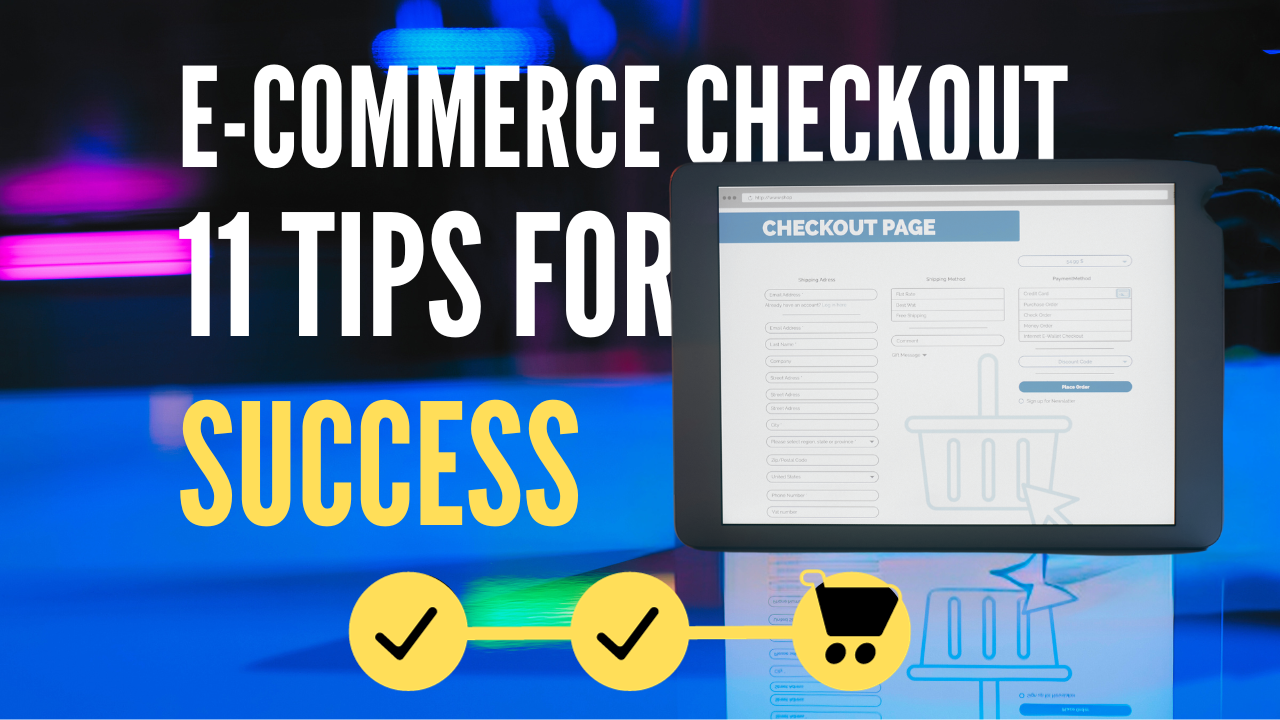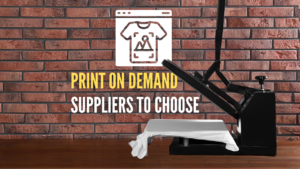
If you’re an e-commerce business owner, you’ve likely noticed: cart abandonments are quite common. In fact, online shoppers abandoned their carts in over 69% of cases. In general, designing a checkout process that is both secure and seamless helps increase conversion rates and the number of completed sales. Are you seeking advice to enhance your online store’s checkout process? We’ll guide you through the best methods to provide an optimal user experience and boost your revenue through an optimized checkout.
Checkout process in e-commerce: a definition
The checkout process in e-commerce refers to the series of steps a customer must complete to finalize an online purchase. This journey typically begins when the customer opts to “confirm their cart” on an online store and concludes when they receive an order confirmation after payment. Entering personal information, selecting the delivery method, reviewing the items in the cart, choosing the payment method, and ultimately confirming the payment are all key stages within this process.
Create a secure checkout page that instills confidence
If you want visitors to your site to convert into customers, it’s essential to first instill confidence in the reliability of your e-commerce platform throughout the entire purchase journey. To achieve this, your site should provide potential customers with evidence of its reliability, such as trust badges and assurances regarding the confidentiality of their payment information. Ensure that your site includes:
- An SSL security certificate
- Customer testimonials and reviews, either about your business or individual products
- Endorsements from influencers
- Official logos from recognized payment organizations (Visa, Mastercard, PayPal, etc.)
- A clearly stated shipping and return policy.
Optimize the purchasing journey for desktop and mobile
Your customers should be able to make purchases from their mobile devices with the same ease as they would on desktops. Indeed, over half of online purchases are made on mobile! Providing them with an optimized user experience through a responsive e-commerce site can help increase your sales and conversion rates.
Incorporate a progress bar indicating payment steps
During checkout, your customers go through various stages: validating their cart, entering their details, and then making the payment. To assist them in tracking the checkout process, consider implementing a progress bar that indicates the steps completed and those remaining until payment confirmation. This simple method allows ongoing communication with customers throughout the checkout process.
Allow multiple payment methods
When designing your e-commerce checkout, consider integrating various payment methods. Some customers prefer card payments (Visa, Mastercard, American Express), while others prefer using electronic wallets like PayPal. On Shopify, you can also integrate the built-in solution Shopify Payments to streamline your customers’ online payments. Additionally, you can offer customers the option to pay in installments using solutions such as Klarna or Alma.
Further read: List of online payment methods for e-commerce in Morocco
Offer automatic filling of shipping and billing addresses
The longer the user (or potential customer) spends on the payment process, the more likely they are to potentially change their minds. To effectively increase your conversion rate and motivate customers to complete the checkout process, make it easier for them by using Google’s autocomplete. This feature pre-fills a customer’s billing and shipping address as they start entering it, saving them 20% of time and reducing typos on mobile devices.
Suggest adding products at the time of payment
What if your customers added a complementary product to their cart during checkout? By offering complementary products, you assist customers in getting the most out of their order through cross-selling. You can also implement an upsell by recommending a higher-priced product (such as an upgraded version) similar to what’s already in their cart. For instance, if the cart contains a set of three bowls for €19.99, recommend a set of five bowls for €24.99 or a matching mug for €3.99.
Another advantage is that upselling and cross-selling increase the average order value, allowing you to increase the revenue associated with each customer.
Allow purchases without identification
One-quarter of online shoppers abandon their cart because a website asks them to create an account. Instead of forcing customers to create an account on your e-commerce site, maintain their interest throughout the checkout process by offering one or both of the following options:
- Guest checkout. Allow buyers to complete their purchase using an email address. A few weeks after the order, send a follow-up email encouraging them to create an account.
- Login using an existing account such as Facebook or Gmail. Enable customers to log in using their social media accounts, like Facebook or Gmail, to complete their purchase. This way, they won’t need to create a new account specifically for your site, yet you’ll still gain access to customer data.
Provide chat support during checkout
Just because a customer added an item to their cart doesn’t mean they’ll necessarily buy it. To increase your conversion rate during checkout, integrate a chat support service into your e-commerce site. By offering assistance to interested buyers during checkout, you can reassure undecided customers and assist them if they encounter difficulties with the different payment steps, significantly reducing cart abandonment.
Offer one-click payment
By allowing customers to pay with a single click during checkout, you enhance their user experience and save them time: they no longer need to search for and enter their credit card information. By integrating Shopify Payments into your e-commerce, you can also take advantage of secure one-click payment with Shop Pay, signaling to your customers that you care about their shopping journey and security.
Hide the discount code field
If the “discount code” field appears during checkout on your e-commerce site, customers might search the internet for a discount code that could reduce their bill. This could lead them to momentarily leave the payment process to visit a third-party site, resulting in additional cart abandonment due to distraction or frustration from not finding a coupon. To prevent this, consider hiding the discount code field behind a dropdown menu (as Shopify does on mobile). This way, it will still be available for customers with a promo code but won’t deter potential customers who don’t have one.
Offer shipping at attractive rates
Did you know that 55% of shoppers abandon their online carts because they consider additional fees too high? When making online purchases, consumers want the prices displayed on product pages to match the amount that will be deducted from their bank account. To address this issue, one solution is to offer free shipping above a certain amount. You can then encourage customers to add products to their cart to reach that amount. Install banners on your online store to inform them, for example, “Only 10€ left before qualifying for free shipping.”
Why take the time to design your company’s e-commerce site checkout?
- To provide an optimal user experience.
- To implement an upselling strategy and increase your sales.
- To establish a lasting relationship with your customers.
- To prevent cart abandonment.
1. To provide an optimal user experience
A smooth and enjoyable user experience, both on desktop and mobile, is key to conversion in e-commerce. By optimizing the checkout process, you minimize delays and potential obstacles that could prevent your customers from completing their purchases. An intuitive design, a reduced number of steps, and clear information (costs, delivery times, available options, etc.) can greatly enhance customer satisfaction when visiting your site, thereby increasing your conversion rates.
2. To implement an upselling strategy and increase your sales
The checkout of your e-commerce site also offers a golden opportunity to suggest additional products or services to your customers, thus increasing the average value of their cart. By strategically offering items related to what they have already purchased or added to their cart, or by presenting them with special offers, you can not only boost your revenue but also improve the shopping experience by helping customers find products they might need.
3. To build a lasting relationship with your customers
A well-designed checkout extends beyond payment and transaction confirmation. Indeed, it presents an opportunity for any e-commerce business to foster a long-term relationship with its customers. At the end of the transaction, consider inviting your customers to subscribe to your newsletter, join a loyalty program, or inform them about discounts available on their future purchases. By implementing these strategies, you encourage them to return. Moreover, prioritize the security of your site’s checkout: by ensuring a transparent and secure transaction conclusion, you establish essential trust necessary for building a long-term relationship.
4. To prevent cart abandonment
Cart abandonment is arguably the most significant challenge faced by e-commerce businesses (remember, users still abandon their carts in over 69% of cases!). The reason for cart abandonment? In most cases, it’s due to a checkout process that is either too complicated or not reassuring enough. Therefore, by investing time and resources to make this process as simple and transparent as possible, you significantly reduce the risk of your customers leaving your site before completing their purchase.
Read also : How to get rid of limiting beliefs when you’re a freelancer?





